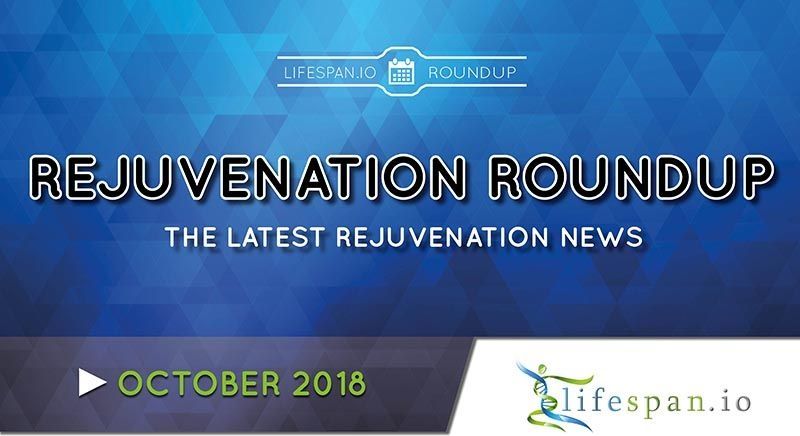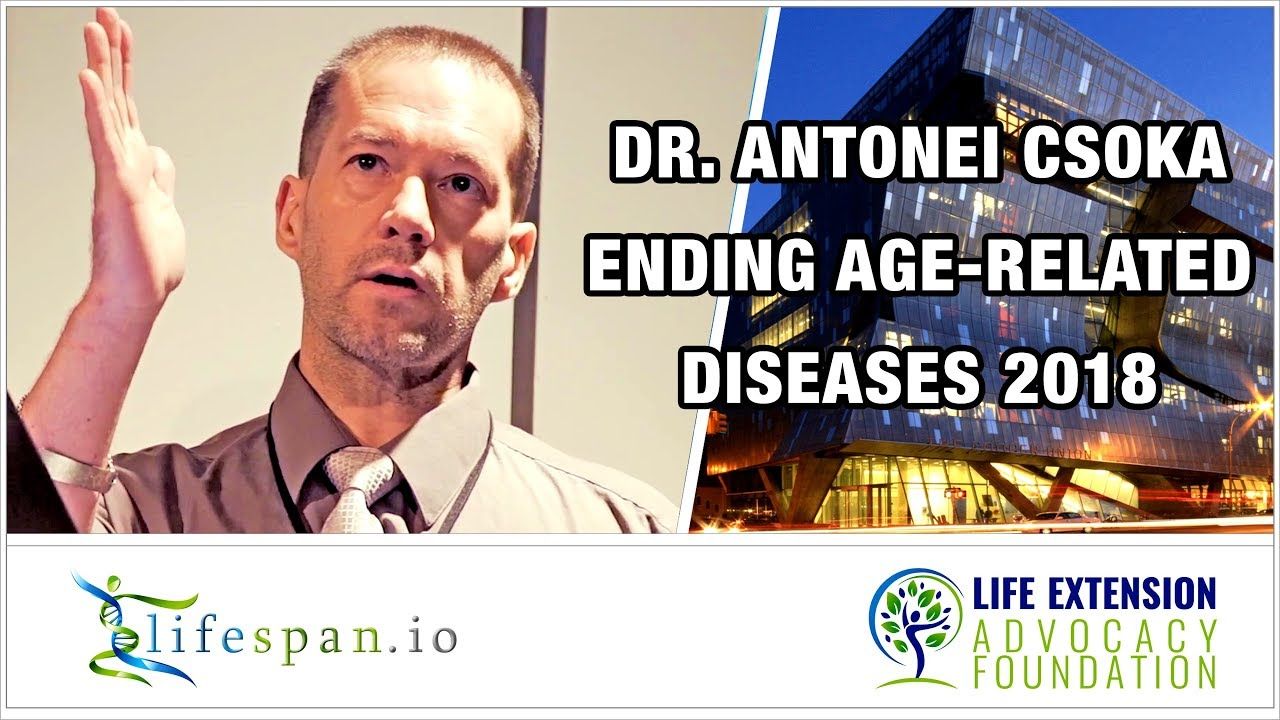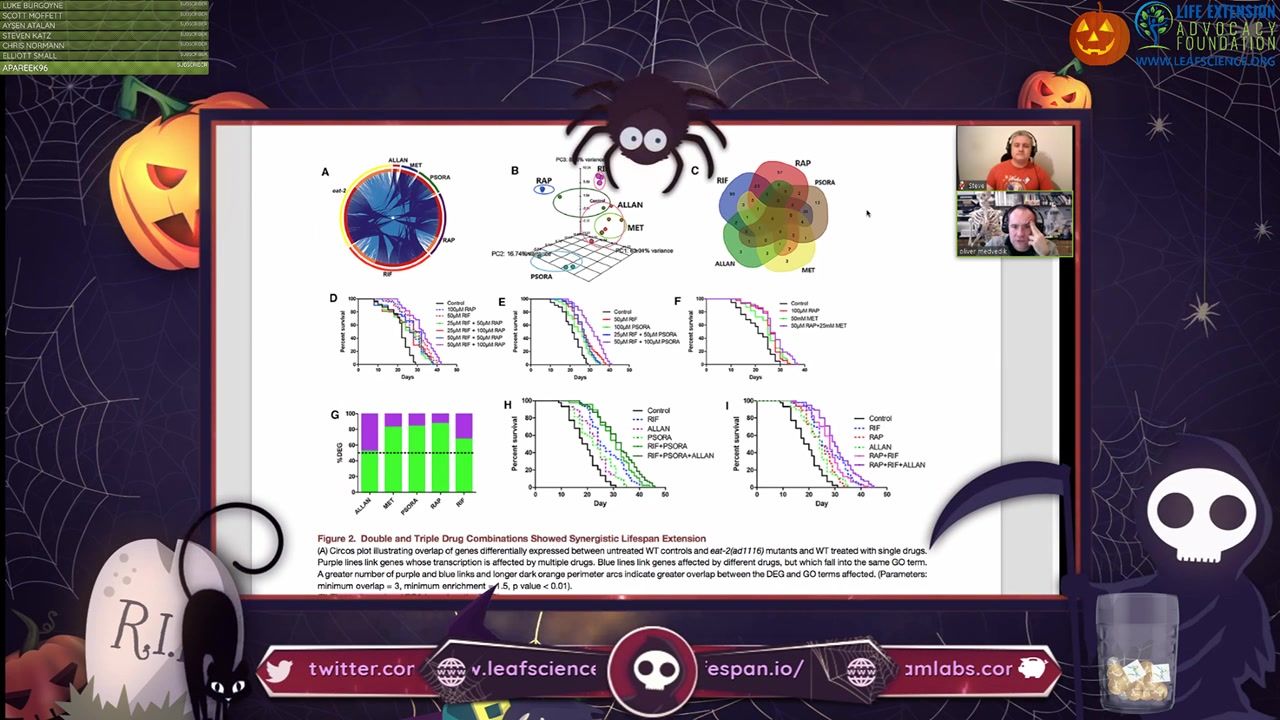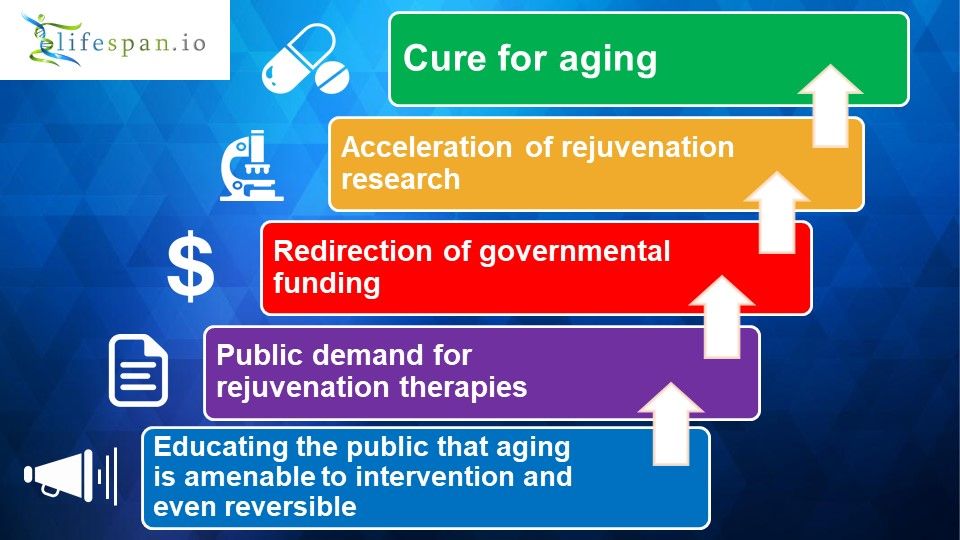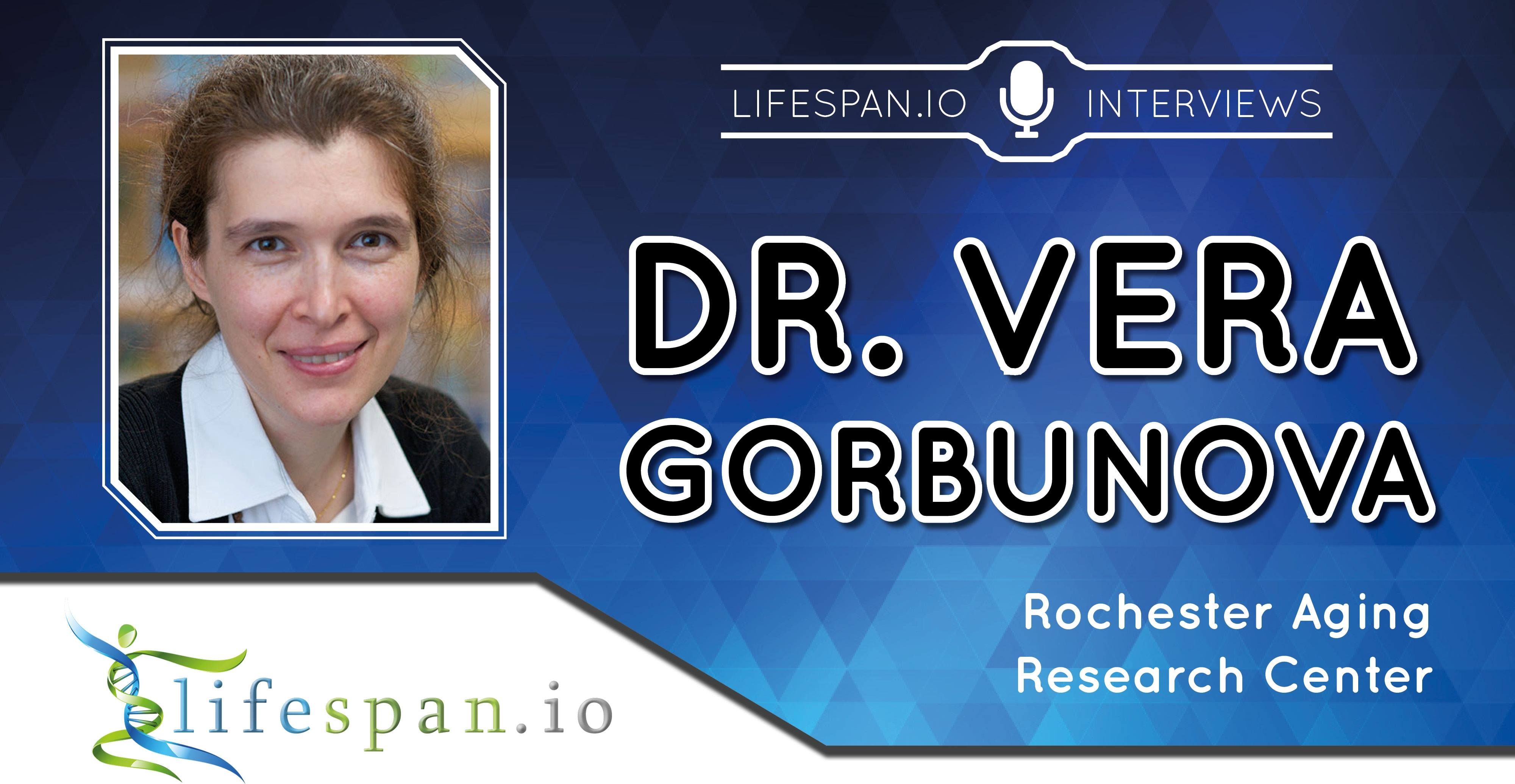Today we have the transcript of “Pursuing Outreach Opportunities: Lifespan.io’s Experiences in Promoting Healthy Life Extension”, a talk that LEAF Outreach Director Elena Milova gave at TransVision 2018, a transhumanist conference in Madrid, Spain recently.
This is the transcript of “Pursuing Outreach Opportunities: Lifespan.io’s Experiences in Promoting Healthy Life Extension”, a talk that LEAF Outreach Director Elena Milova gave at TransVision 2018, a transhumanist conference in Madrid, Spain.
My name is Elena Milova, and I work with the Life Extension Advocacy Foundation, a non-profit organization headquartered in New York City. Our main activity is to support research on regenerative therapies that can possibly make human life healthier and longer. To do that, we have developed the non-profit crowdfunding platform Lifespan.io, and, as of now, we have gathered more than 300 thousand dollars in support of 7 scientific projects. We are currently running a campaign to support David Sinclair’s NAD+ Mouse project, a study of NMN and its effect on healthy lifespan in mice.
Another direction of our activity is to educate the public about the potential of rejuvenation therapies.
Read more
